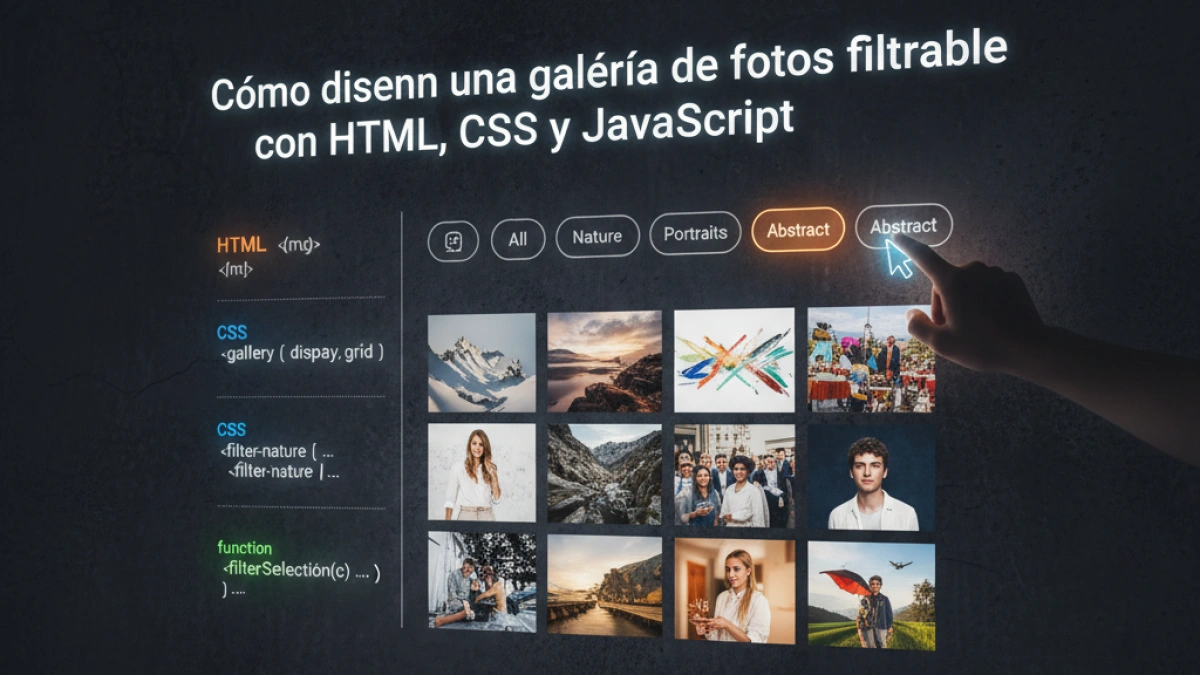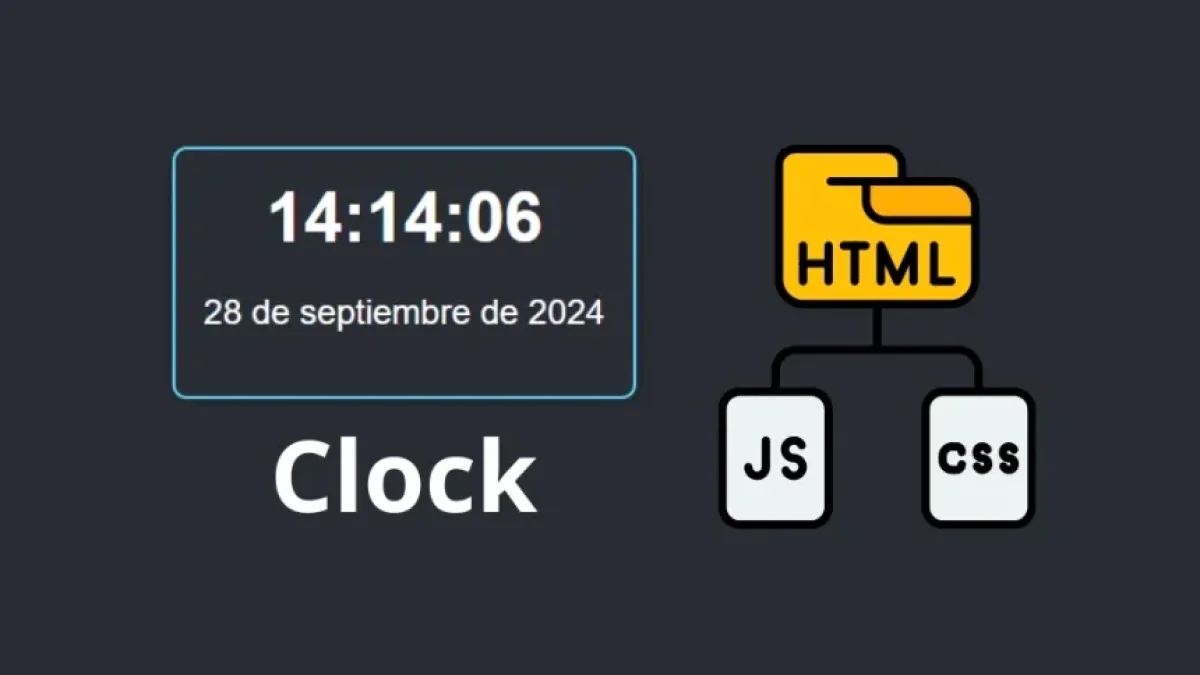How to Create a Basic Music Player with JavaScript and HTML5


In this article, you will learn how to create a basic music player using JavaScript and HTML5. This project is ideal for beginners in web programming and will help you understand the fundamental concepts of audio manipulation in the browser. Let's get started!
Prerequisites
Before you begin, make sure you have a basic understanding of HTML and JavaScript. You will also need a text editor to write your code, as well as a web browser to test your player.
Project Structure
The structure of our project will be quite simple. We will need the following files:
Read also
- index.html: the main file where we will write our HTML code.
- styles.css: to add styles to our player.
- script.js: the file where we will write our JavaScript code.
Creating the HTML File
Let's start by creating the index.html file. This file will contain the basic structure of our player.
<!DOCTYPE html>
<html lang="en">
<head>
<meta charset="UTF-8">
<meta name="viewport" content="width=device-width, initial-scale=1.0">
<title>Basic Music Player</title>
<link rel="stylesheet" href="styles.css">
</head>
<body>
<div class="container">
<h1>Basic Music Player</h1>
<audio id="audio" src="path/to/your/song.mp3" preload="auto"></audio>
<div class="controls">
<button id="play">Play</button>
<button id="pause">Pause</button>
<button id="stop">Stop</button>
</div>
</div>
<script src="script.js"></script>
</body>
</html>Explanation of the HTML Code
- Basic Tags: We create a valid HTML structure and add the title and reference to the CSS.
- Audio: We add an <audio> element where we specify the path to our song.
- Controls: We create buttons to play, pause, and stop the music, which we will manage using JavaScript.
CSS Styles
Now, let's add some style to our player in the styles.css file.
body {
font-family: Arial, sans-serif;
background-color: #f4f4f4;
display: flex;
justify-content: center;
align-items: center;
height: 100vh;
margin: 0;
}
.container {
text-align: center;
background: #fff;
padding: 20px;
border-radius: 8px;
box-shadow: 0 0 10px rgba(0, 0, 0, 0.1);
}
.controls button {
margin: 5px;
padding: 10px 20px;
border: none;
background-color: #007bff;
color: white;
border-radius: 5px;
cursor: pointer;
transition: background-color 0.3s;
}
.controls button:hover {
background-color: #0056b3;
}Explanation of the CSS Code
- We set a basic style for the body, centering our player on the screen.
- We add a white background with a bit of shadow to make it look more appealing.
- We style the buttons to be more visual and present an effect on hover.
JavaScript to Control the Player
Now it's time to add functionality to our player through script.js.
Read also
const audio = document.getElementById('audio');
const playButton = document.getElementById('play');
const pauseButton = document.getElementById('pause');
const stopButton = document.getElementById('stop');
// Play music
playButton.addEventListener('click', () => {
audio.play();
});
// Pause music
pauseButton.addEventListener('click', () => {
audio.pause();
});
// Stop music
stopButton.addEventListener('click', () => {
audio.pause();
audio.currentTime = 0; // Reset to the beginning
});Explanation of the JavaScript Code
- Get the audio element: We use document.getElementById to access the audio element and the buttons.
- Button Events: We add event listeners for each button:
- Play: Plays the audio track.
- Pause: Pauses the playback.
- Stop: Stops the music and resets it to the beginning.
Testing the Player
Once you have created all the files and added the code, make sure you have a song in the path specified in the src attribute of the <audio> element. Then, open index.html in your browser and test the player.
Conclusion
Congratulations! You have created a basic music player using JavaScript and HTML5. This project is not only a great programming exercise but also a fantastic starting point for building more complex web applications. Now you can continue exploring and adding more features, such as a playlist, volume controls, or a progress bar.
With that, we conclude our tutorial on how to create a basic music player. We hope you found it useful and that you enjoy programming!



















